The next-generation CTS800 turboshaft family of engines was developed by the Light Helicopter Turbine Engine Company (LHTEC), a 50:50 partnership between Rolls-Royce and Honeywell. It has the highest power-to-weight ratio and lowest specific fuel consumption (SFC) in its class. Weighing in at only 375 pounds, it allows for a max takeoff weight of over 11,000 pounds.
The CTS800 engine features a modular design with dual shafts, two-stage centrifugal compressor, annular combustor, two-stage high pressure (HP) and two-stage power turbine. All models are equipped with an inlet particle separator module. Many applications require the incorporation of an output speed reduction gearbox (RGB). All models are controlled by an advanced, highly-redundant, dual channel full authority digital engine control (FADEC) system.
And with 100% FADEC control and on-condition maintenance, the CTS800 reduces pilot workload and improves the overall cost of ownership. It is also FAA certified and EASA validated and is in service with armed forces around the world. The highly reliable and maintainable CTS800 principal engine design was originally developed to power the U.S. Army's Boeing Sikorsky RAH-66 Comanche helicopter.
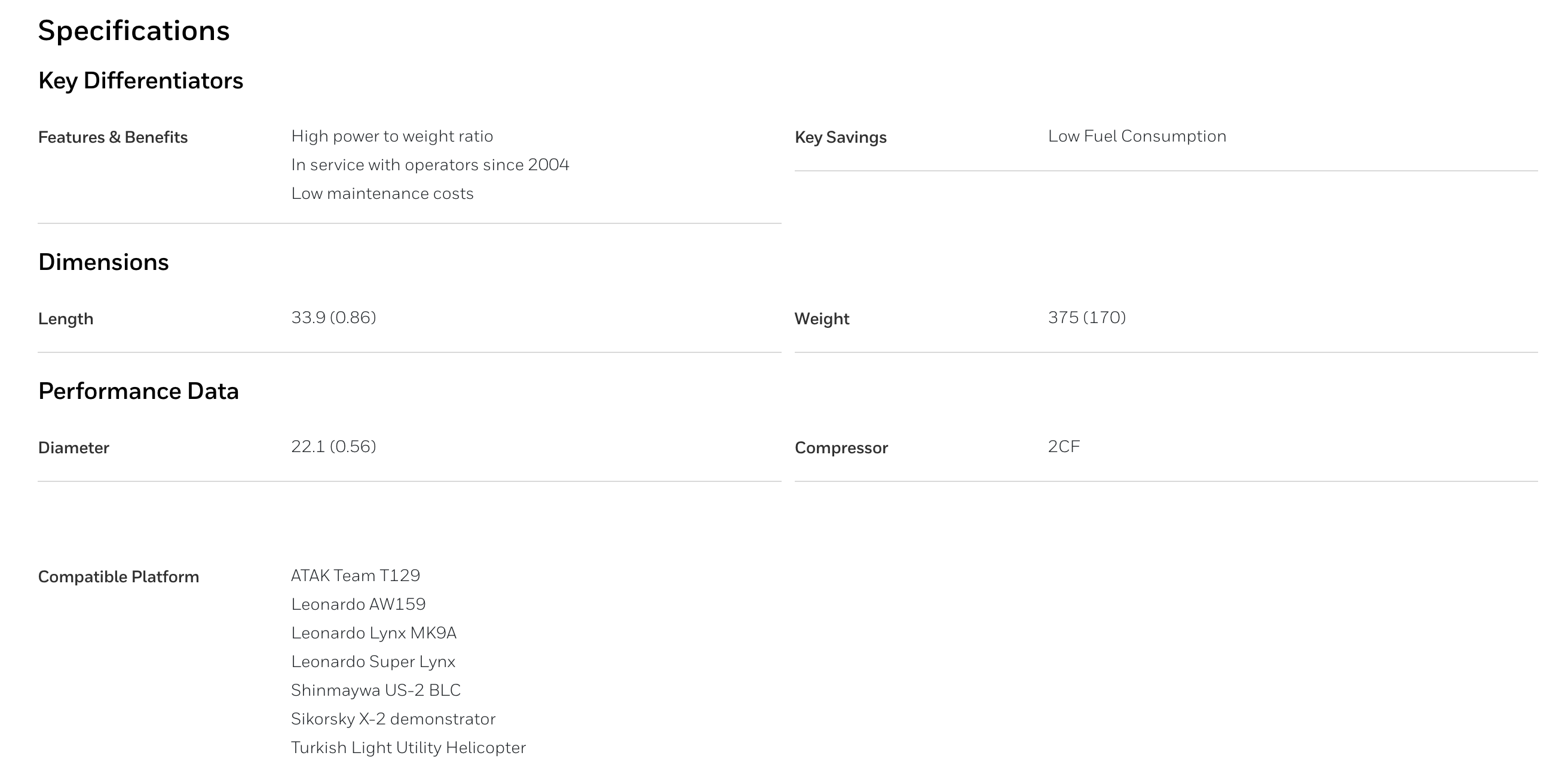
Yes, we retrofit legacy systems (e.g., GE Frame 5, Siemens V94.2) with modern digital controllers, typically completing hardware integration within 4-8 weeks. Software migration requires additional validation time.
We recommend annual performance testing under ISO 3977-2 standards. Critical applications (e.g., offshore platforms) may require semi-annual tests with emissions compliance checks.
All rad-hard devices (e.g., FPGA, ADC) are QML Class V certified under MIL-PRF-38535 and tested to MIL-STD-883 Method 1019 for SEU tolerance. Full qualification reports are available upon request.
Our ASICs and power management ICs operate across -55°C to +175°C ambient temperatures, with derating curves provided in military temperature range (MTR) datasheets.
Our PMA parts (e.g., actuators, sensors) hold FAA/EASA Form 1 certification and match OEM form/fit/function. Installation requires SB/MB documentation per FAA AC 23.1529.
All NAS/MS fasteners include full DNA traceability: melt source (AMS 2301), heat/lot numbers, and AS9100-compliant MTRs with ultrasonic test reports.
AOG orders ship within 4 hours for stocked items (FAA-PMA, EASA Part 21G). Non-stock critical parts trigger priority manufacturing with 72-hour max turnaround.
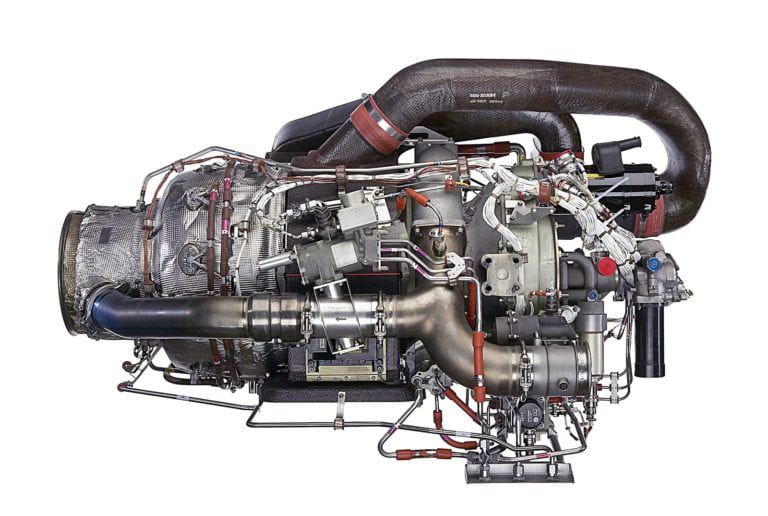
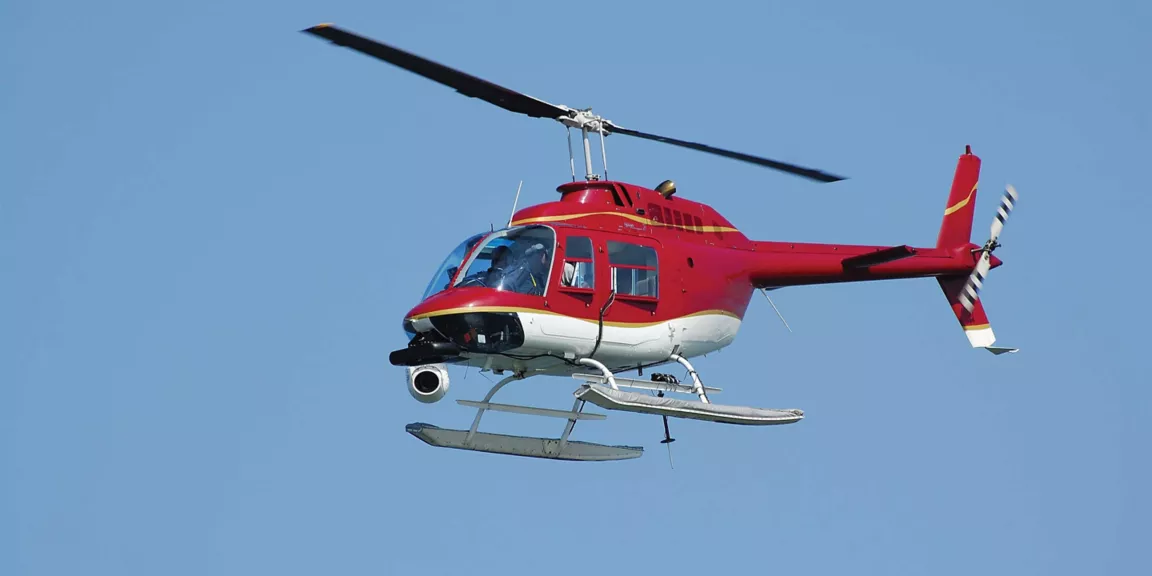
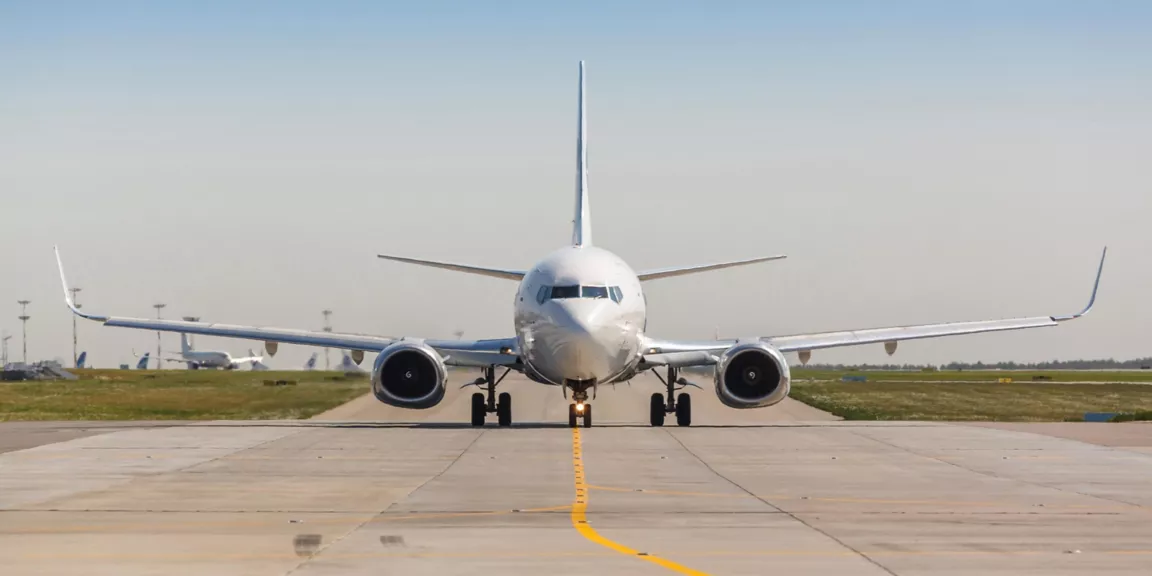
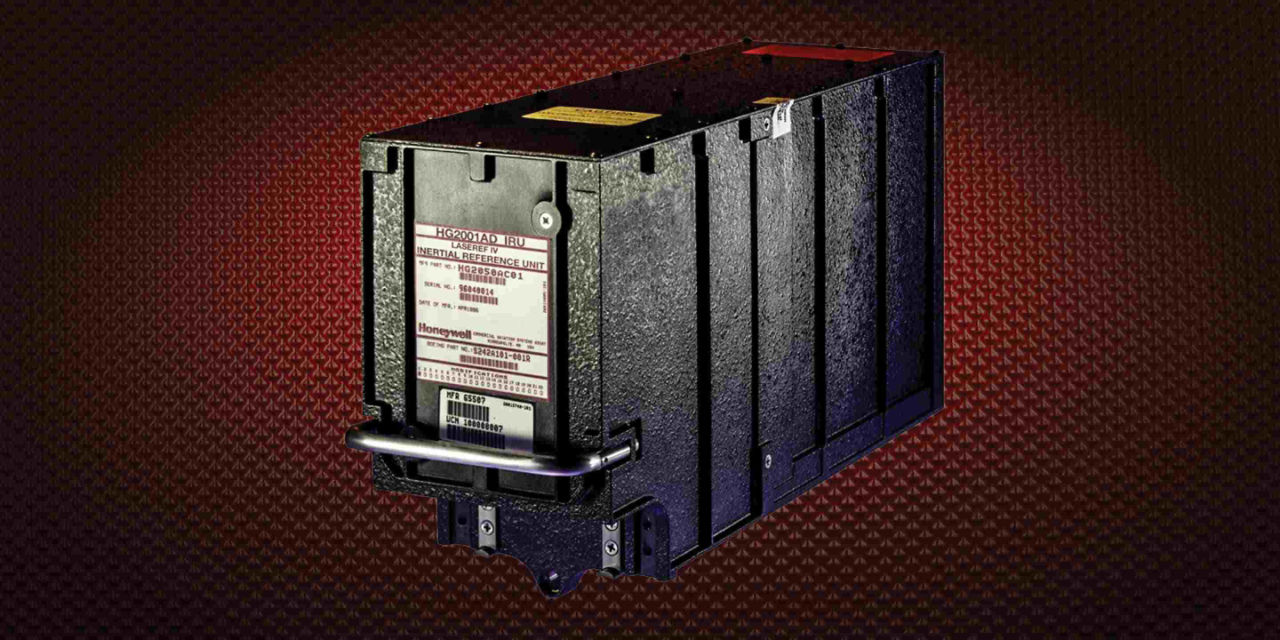
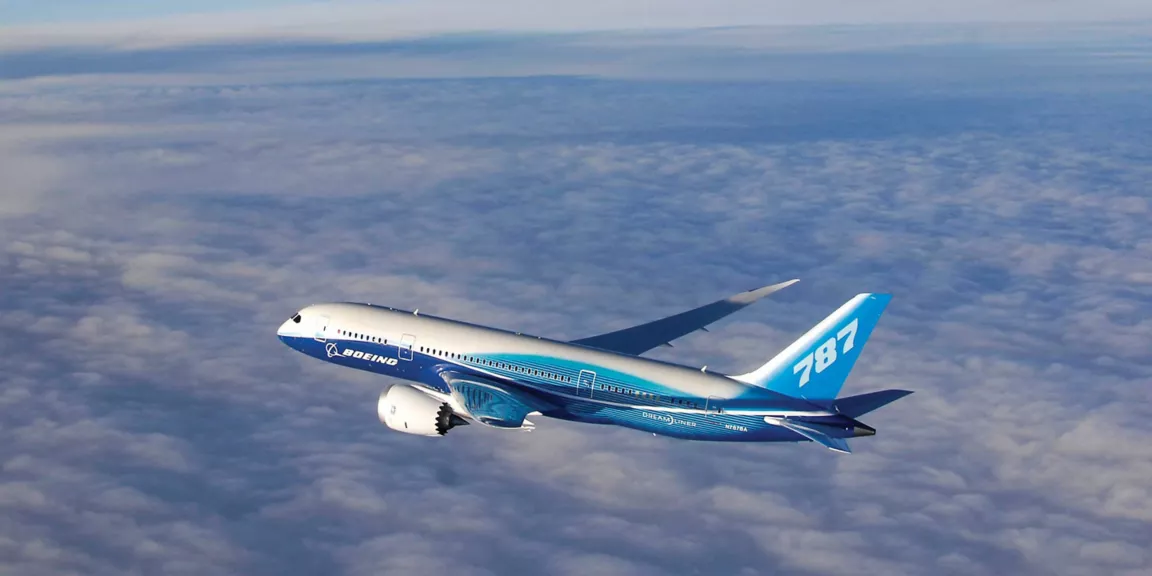
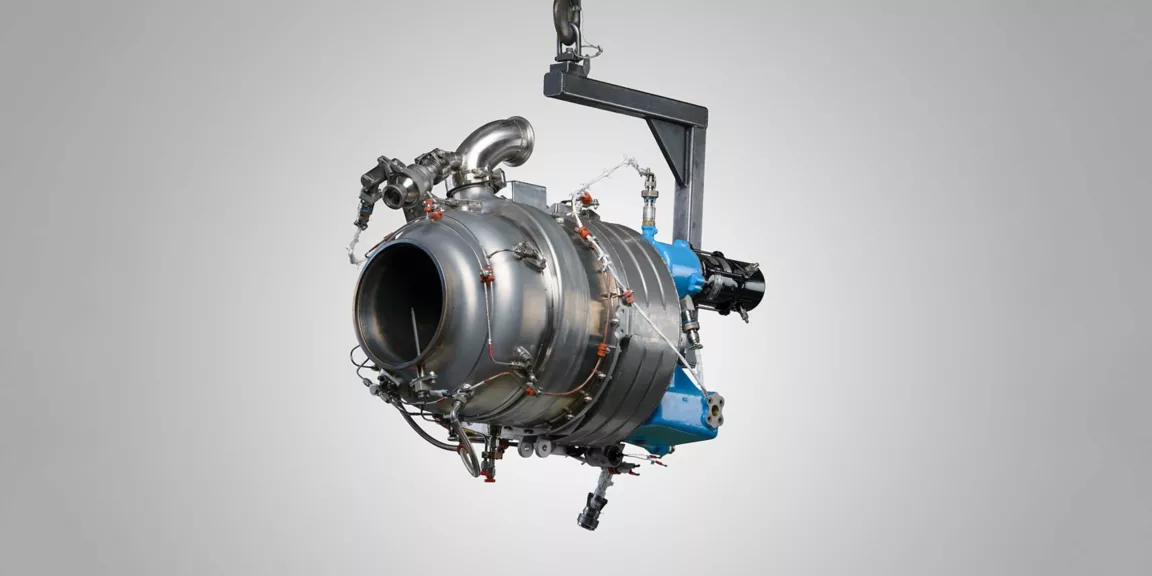
 Gas Turbine
Gas Turbine
 Aircraft parts
Aircraft parts